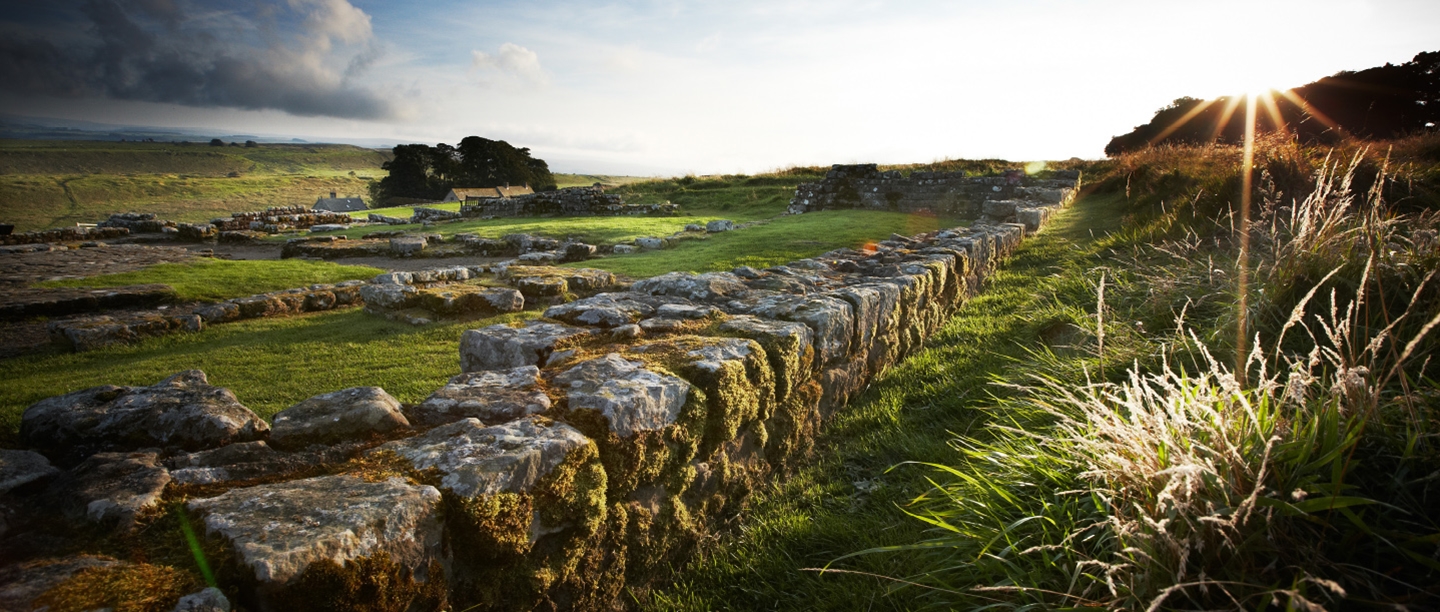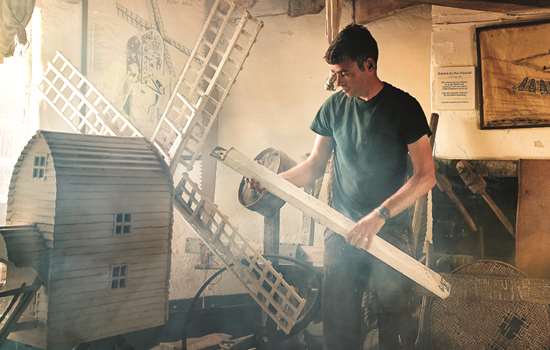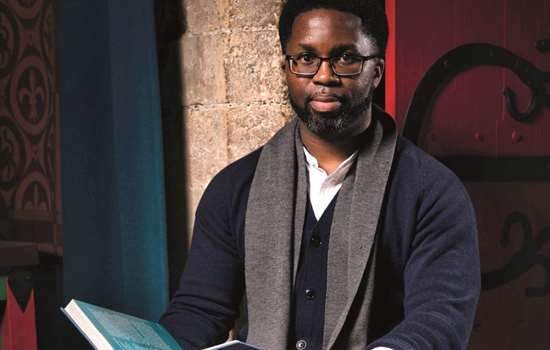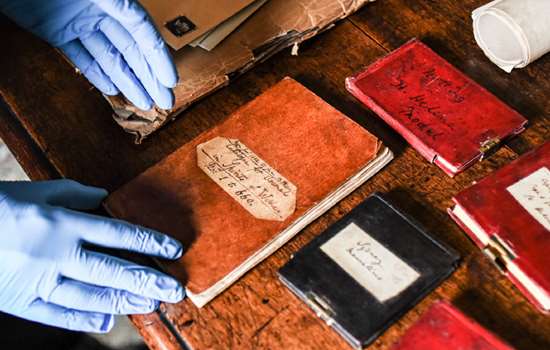WINDMILL HILL, WILTSHIRE
What happened here? One of the first monuments built in the British Isles.
On a grassy hill near Avebury henge lies one of the earliest monuments in the British Isles, built around 5,600 years ago. This ‘causewayed enclosure’ was created by some of the first farming communities, who had arrived from continental Europe only a few generations before. Three concentric ditches enclose an oval area nearly 400 metres across. These ditches are interrupted by breaks or causeways, giving this type of monument its name.
‘Windmill Hill, along with the other 80 or so enclosures found across southern England, heralded the start of constructing large-scale communal monuments in Britain,’ says Susan Greaney, senior properties historian. ‘These were places where people from dispersed communities gathered to meet, conduct ceremonies, take part in feasts, share news and exchange goods.’ Over the next 1,000 years, many other kinds of large communal mouments would follow, including cursus monuments, henges and stone circles.
Find out moreRICHBOROUGH ROMAN FORT & AMPHITHEATRE, KENT
What happened here? The official Roman entryway to Britain was created, along with one of the largest monumental arches in the empire.
Visitors to Richborough today might easily miss two unassuming ditches that mark the beginning of one of most important events in British history. ‘In AD43, the Emperor Claudius ordered his legions to invade Britain, and these ditches formed part of a protected anchorage for the Roman fleet,’ says properties historian Andrew Roberts. ‘Richborough was perfectly situated at the entrance to the Wantsum channel, a haven for ships heading to the Thames from northern Europe.’
A few decades later, one of the largest monumental arches in the empire was built at Richborough. ‘Standing 25m high and clad in Carrara marble, it was a towering symbol of Roman control,’ says Roberts. Until the empire ended in Britain, Richborough was the official entryway to the province and Rutupiae, as the Romans called it, was famous throughout the Roman world.
Find out moreHADRIAN'S WALL
What happened here? A barrier marking the edge of the Roman Empire was built, and soldiers were recruited from across the empire to garrison its forts.
Many will be familiar with Hadrian’s Wall as a barrier between the Roman Empire and the peoples to the north, but the community it engendered is also a great part of its legacy. A total of 15 forts stood on the line of Hadrian’s Wall and thousands of soldiers were brought to the area to garrison them. These soldiers, and their families, were recruited from as far away as Spain, Romania, north Africa and Syria.
‘Archaeologists have found extensive evidence that while they adhered to Roman culture, they also preserved aspects of their specific cultural heritage and also adopted local religious practices,’ says properties historian Andrew Roberts. ‘They also stayed after the Roman Empire ended in Britain. At Birdoswald Roman Fort, for example, we have evidence that the community remained over 100 years after the empire stopped paying the soldiers.’ Today, visitors can experience the profound legacy of these communities in the scale and intensity of what remains.
Find out moreBATTLE OF HASTINGS ABBEY AND BATTLEFIELD
What happened here? William the Conqueror built an abbey to atone for the sins of the Norman Conquest
‘Every time I visit Battle Abbey, I can feel the heavy hand of history,’ says Dr Michael Carter, senior properties historian. ‘Early sources leave no doubt that the monastery was founded “on the very spot” where William the Conqueror won his victory over King Harold on 14 October 1066. The battle was a turning point in English history, initiating the Norman Conquest, the political, social and cultural consequences of which still resonate today.’
William’s motives for the foundation of Battle Abbey provide fascinating insights into 11th-century religious beliefs. ‘The conquest of England took place against a very strong moral background shaped by the Christian church,’ says Carter. ‘William knew that the brutality of his behaviour meant that his soul risked burning in hell for all eternity and he founded Battle Abbey to atone for his actions.’ Monks prayed daily for the forgiveness of the many sins of their royal founder and for the souls of all those who died in the battle.
Find out moreACTON BURNELL CASTLE, SHROPSHIRE
What happened here? One of the first parliaments to include the commons took place.
On 2 October 1283, King Edward I convened a parliament at Acton Burnell Castle, the new residence of his trusted advisor Bishop Burnell. ‘The gathering probably took place in a building 100m north-east of the castle’s main block, in what is now called the Parliament barn,’ says properties historian Dr William Wyeth. ‘The parliament helped to provide for the collection of debts owed to merchants by empowering the mayors and sheriffs of London, York, Bristol, Lincoln, Winchester and Shrewsbury to seize debtors themselves, rather than their property. This was to encourage foreign merchants to trade in England with the guarantee of fair treatment.’
The parliament that met at Acton Burnell was among the earliest to include county knights and burgesses alongside the usual peers, barons and lords spiritual. After the reign of Edward I the commons’ participation in parliaments became a near-permanent fixture.
Find out more



